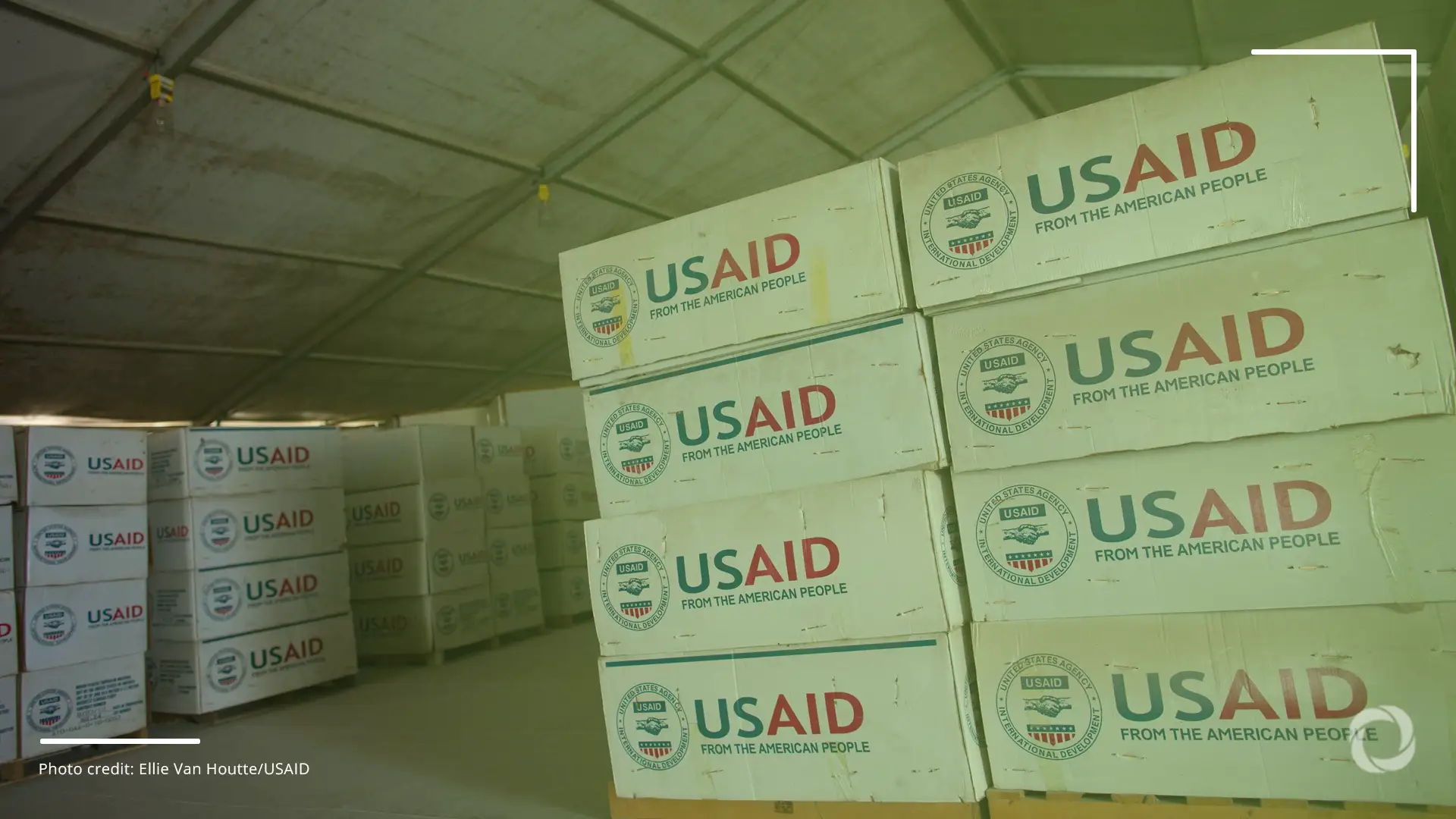The Trump government’s closure of the United States Agency for International Development (USAID) appears to have triggered a chaotic global disposal of millions of dollars’ worth of aid assets, from medical kits, vehicles, solar panels, to defibrillators.
Instead of the regulated handover required under U.S. law, equipment has been observed to be auctioned for cents on the dollar, abandoned in warehouses, or completely destroyed, according to a report by The Atlantic.
More than 5,000 humanitarian projects have ground to a halt worldwide since the agency officially closed on July 1, 2025, a move the Trump administration justified as curbing wasteful spending under its “America First” agenda.
But dismantling the agency will cost U.S. taxpayers more than US$6 billion, triple its annual operating budget, according to a State Department draft assessment seen by Bloomberg Government.
From orderly transfers to chaotic disposals
The current chaotic disposal represents a dramatic departure from the strict rules that have historically controlled U.S. government property abroad.
Under the State Department’s Foreign Affairs Manual, surplus property is supposed to be accounted for and disposed of through an orderly sale, donation, or transfer.
USAID’s internal regulations (ADS 534) and federal grant rules (2 CFR 200.313) require vehicles, medical supplies, and equipment purchased with taxpayers’ money to be inventoried and handed over to governments, NGOs, or hospitals, thereby extending the life of U.S. aid beyond the end of a project.
However, that system seems to have collapsed. Staff describe scrambling to offload assets before contracts expired which has led to improvised donations, chaotic auctions, abandoned stockpiles, and destruction, often with little oversight, the Atlantic reported.
In February, the Inspector General warned that shutting down USAID had made it “all but impossible” to oversee US$8.2 billion in unused aid. However, the State Department insists the wind-down has followed “an orderly process”.
Cents on the dollar: How are assets being liquefied?
Financial losses are stacking up. In a letter to Congress in May, USAID’s interim Deputy Inspector General warned that the vehicles, computers, and other items that were not transferred to approved entities “will need to be sold at auction, typically returning only cents on the dollar.”
Fire-sale auctions
U.S. embassies from Guatemala to Nigeria have held auctions of USAID property. In Guatemala, 13 sets of iPads, defibrillators, and ring lights worth hundreds of thousands of dollars were sold for just US$13,600, the Atlantic disclosed. Peru hosted a three-day online auction, while Uganda, Jamaica, and Romania advertised sales of embassy vehicles and appliances on “as-is, no refund” terms.
Ad hoc donations
Donations have been haphazard. In Myanmar, for instance, malaria nets and medical equipment were handed to the health system. In Kenya, vehicles were diverted to technical colleges for student training. Hospitals in Nigeria received generators, but cannot afford to fuel these.
Abandoned stockpiles
In Nepal, more than 500 vehicles are sitting in storage lots while the U.S. pays daily parking fees estimated at US$146,000 a year. In Ethiopia, clean-water equipment worth US$4 million lies unused. In Afghanistan, vast stockpiles of textbooks remain locked in warehouses.
The Inspector General has also warned that the US$489 million in food assistance stranded in ships, ports, and warehouses is at risk of being wasted.
Deliberate destruction
Elsewhere, aid has been completely destroyed. Nearly 500 tons of food were incinerated in Afghanistan and Pakistan at a cost of US$100,000. Some US$12 million worth of contraceptives and HIV drugs stranded in Europe risk expiry and incineration despite UN offers to purchase these, according to The Washington Post.
In Djibouti and Houston, food aid worth nearly US$100 million, enough to feed 3.5 million people, sits idle and may be incinerated or downgraded to animal feed, Reuters reported.
Beyond physical assets, the status of some aid programs remains murky. A federal report in June listed four projects in Ukraine, worth millions of dollars, as “unknown.”
Security risks
The “fire sale” has also sparked national security concerns. In a March internal audit notification to the USAID Deputy Administrator, the Office of the Inspector General (OIG) warned that laptops and servers could be sold without proper data wiping, while vehicles and radios abandoned in unstable regions risked being looted. By May, the OIG heightened the alarm in a letter to Congress, warning of “serious security vulnerabilities” as assets would be disposed of with limited oversight, raising the prospect of sensitive equipment and data ending up in the wrong hands.
Similarly, security experts have also flagged risks after USAID chose not to collect electronic devices from staff who had been laid off, instead relying on the remote wiping of devices, a method experts state leaves security gaps if they are not wiped properly or end up in unauthorized hands.
The State Department disputes this, insisting that sensitive devices were secure through “encryption, multi-factor authentication, and remote wiping.”
Until its closure in July, USAID was the world’s largest aid provider, disbursing nearly US$43.4 billion in 2023 alone and accounting for about 42% of global foreign assistance. Its programs were credited with preventing an estimated 91 million deaths between 2001 and 2021, including 30 million children under five.
A Lancet study now warns that the shutdown could lead to more than 14 million additional preventable deaths by 2030. The closure has also triggered mass layoffs across the aid sector and disrupted vital programs worldwide, underscoring the profound humanitarian void left by USAID’s absence.

